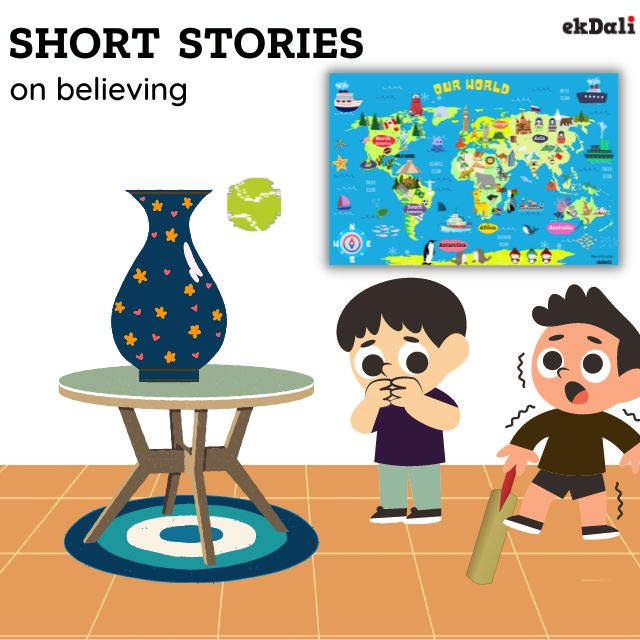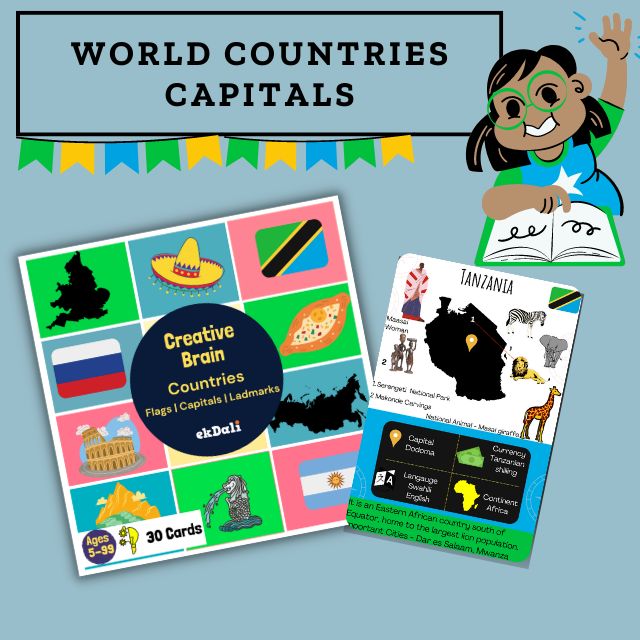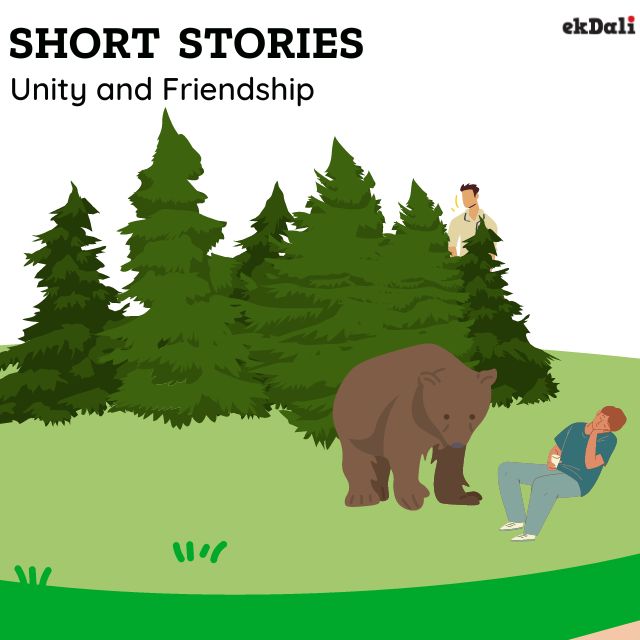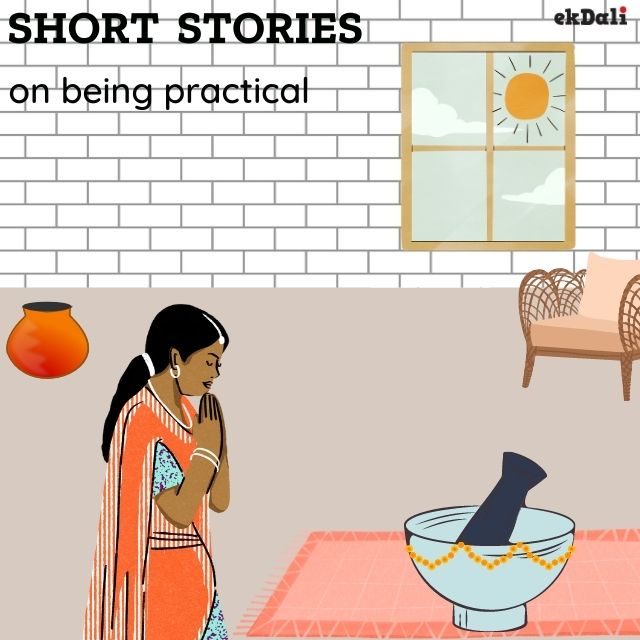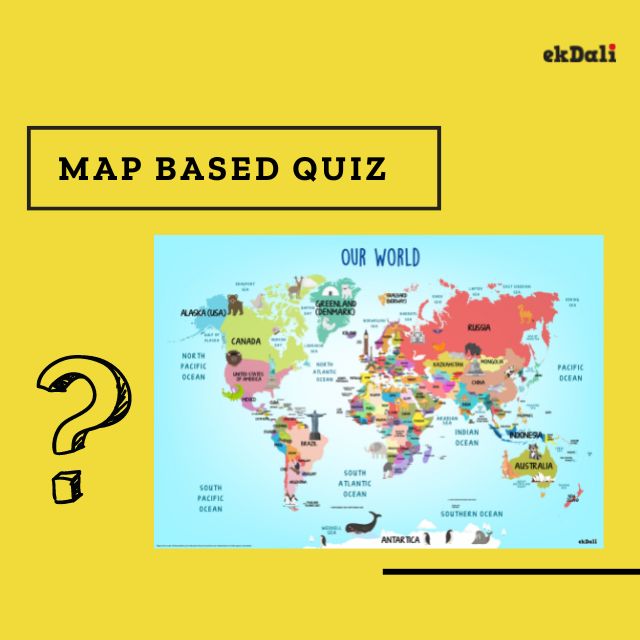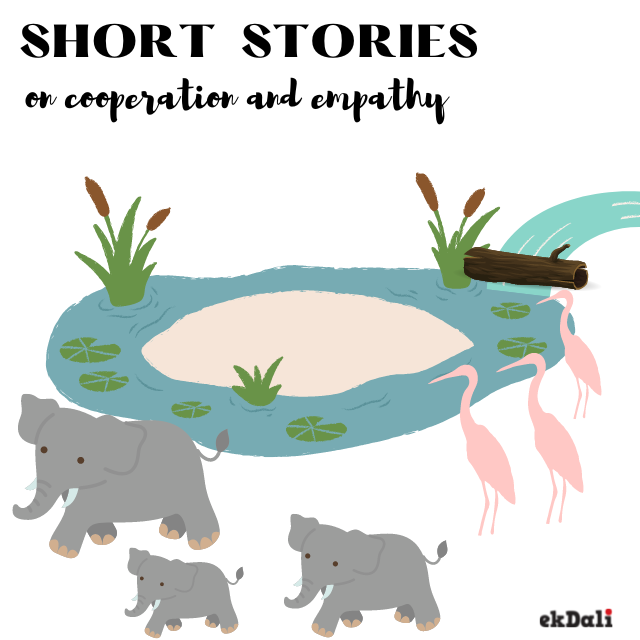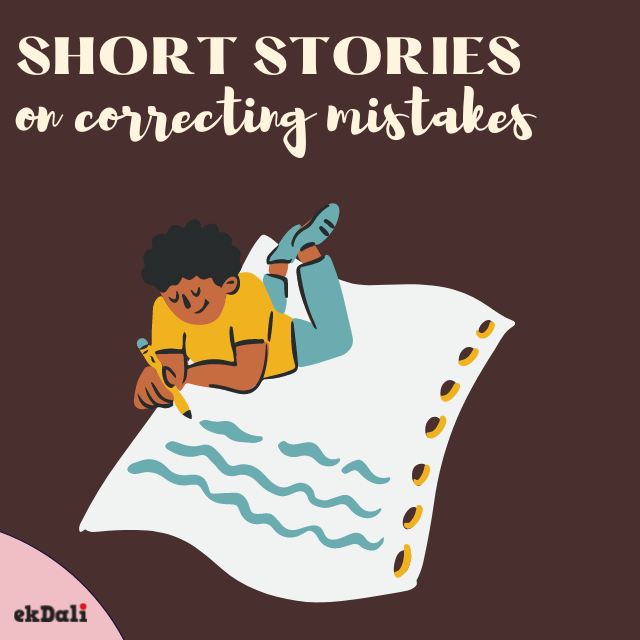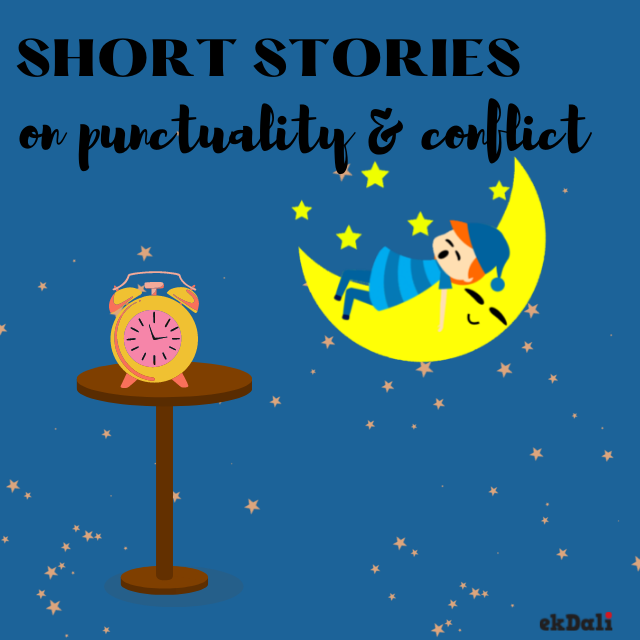You're in an exam room, and time is of the essence. You're making every effort to recall a researched response, but your mind keeps playing the tune of an old song. Have you ever experienced this?
The human brain is not always simple. Although it has great potential, how do you make it work in your favour, particularly during an exam? Fortunately, there are a variety of memorising strategies to assist your mind in producing the appropriate response when it's needed.
Every pupil learns differently because every brain is different. Finding out your learning style will help you choose the best memorization methods while you're in class.
Techniques for Verbal Memorization
1. Mind Maps
A fantastically inventive tool for remembering information or chronological sequences is the mind map. You can use paper and various coloured pens for this procedure. Write your topic in the centre of a circle to start, then as you learn more, add branches to the circle. Each branch may have a child branch and may be color-coded. Use green for formulas, blue for dates or events, and red for qualities, as an illustration. You can create bridges in your mind and paint pictures using this "connecting" approach.
Many of our concept posters are designed based on this concept take a look https://www.ekdali.com/category-product/grid/12?category=8JGQEYQK2BUSE6U
2. The Loci Approach
You might be familiar with Sherlock's "mind palace" if you're a fan. This is a fantastic method for memorising information that is similar to mind mapping. Consider a location you are familiar with, such as your kitchen, school, or bedroom. Next, arrange each thing or subject you wish to remember across that room in accessible locations. Imagine the area and look for the knowledge there whenever you need to recall it. The Loci approach makes building up your memory palace easier the more you utilise it.
3. Narrative.
A good narrative sticks with us forever. Use your imagination to transform any chapter of your textbook into a captivating tale. When you have a big list of things to remember, the narrative technique is beneficial. Your mental movie is made even more memorable by a character-driven tale, vibrant colours, and interesting plotlines. Include the information you need to memorise and use a plot to connect the different parts of the approach. By engaging your friends in your story, you can have total creative power and even a little fun!
4. Flash cards
You can better visualise your topics if you put them on paper. To make this strategy more effective, you can use coloured pens or paper. To organise your information and write it down on various pieces of paper, use the chunking method. Similar to mind maps, you can use various colours to represent different categories of information. Combining this strategy with other verbal techniques like spaced repetition or mnemonics is a terrific idea because it has the added benefit of colour labelling. When revising, consult your flashcards, or hang them up so you may refer to them whenever you're studying.
We have some pre made flash cards for you do check them out https://www.ekdali.com/category-product/grid/12?category=8JGQEYQK2BUSE6U












